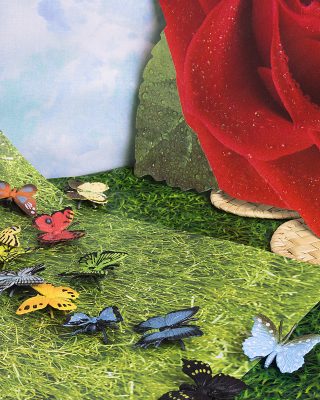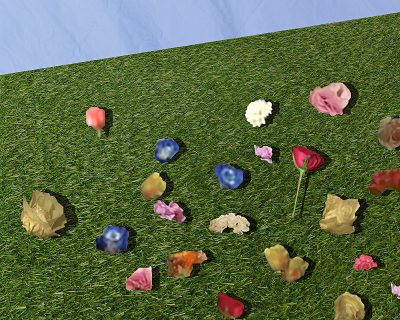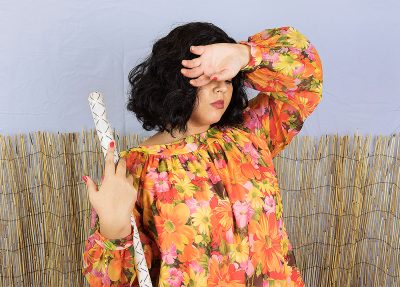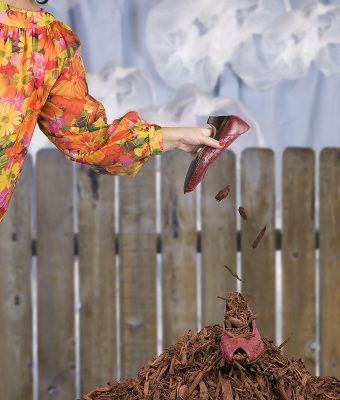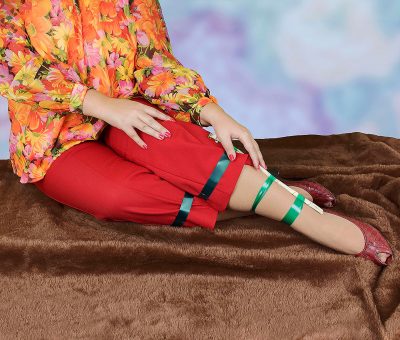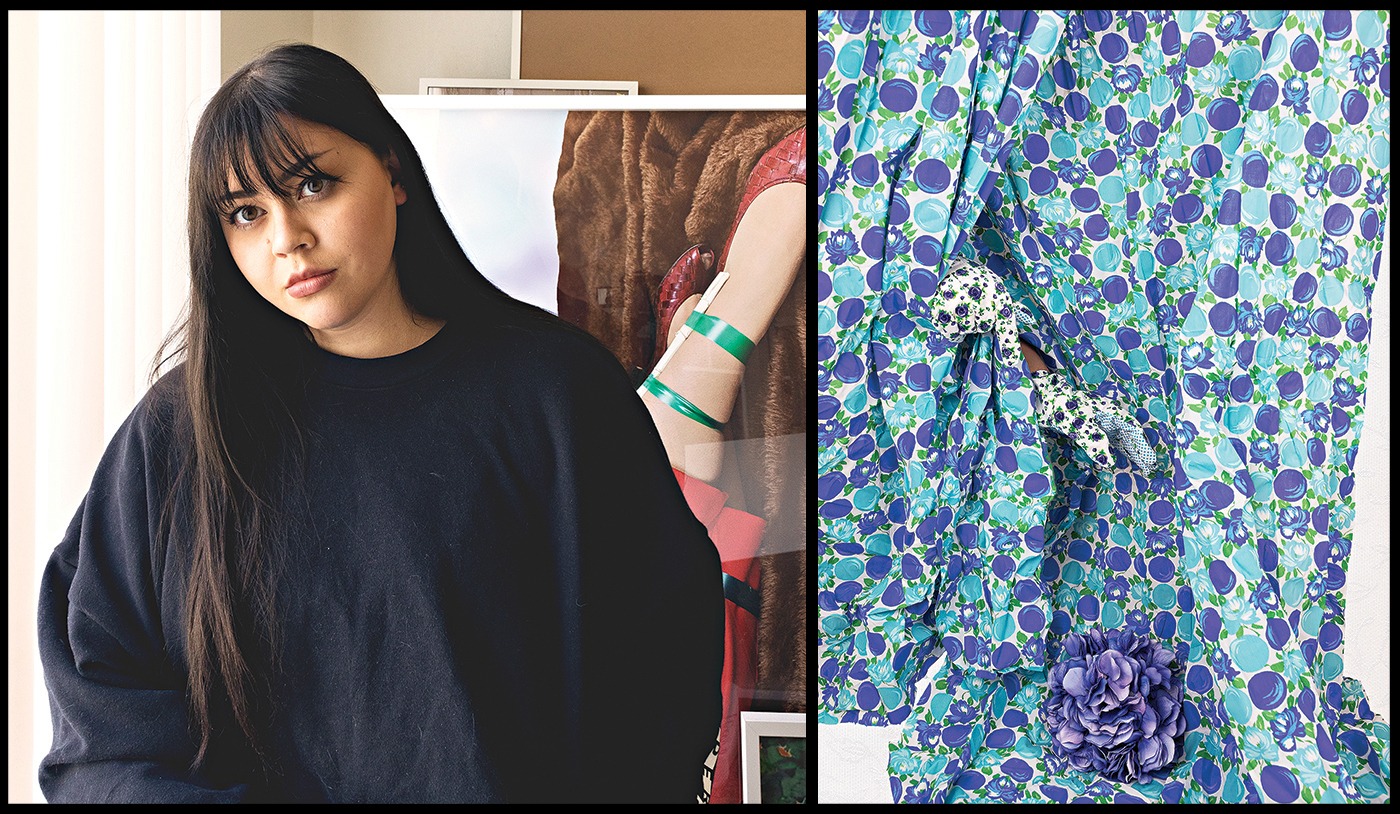
Annelise Duque: Discovering What’s Between Heritage and Selfhood
Art
Taking in Annelise Duque’s work can envelop you in layers of nostalgia and sentimentality. Duque creates and photographs scenes that lead you into memories that you thought you may have forgotten, but are now reminded of through the descriptive display and portrayal of her own history. Duque’s Filipino and American heritage lies at the heart of her work. Using storytelling in her photos through costumes and props, she centers herself in her work, juxtaposing this with her ancestry. Her photos explore the space she discovers in between and intimates a prompt for viewers to explore their own.
Duque developed a curiosity about photography at a young age. She was initially captivated by flipping through family photo albums. Her tendency to merge her passion for photography and the inspiration drawn from her heritage was present during the early stages of her development as a photographer. As she grew through her Studio Arts program at Brigham Young University, the details of her vision started to materialize. “I think my artistic direction really changed once my art program started adding more photography classes to the curriculum,” says Duque. “I took an Intro to Photo class, and things started to click. Early on, I started playing [with] props and introducing [figures] into my photos, and from there, narratives began to build.”
Coming from a mixed-race family can obstruct a sense of identity or belonging, something that is already challenging in itself. Duque’s Filipino (father’s side) and white (mother’s side) identities share space within her. As opposed to allowing a proverbial tug of war, Duque has embraced each side to develop her own identity, and through art, she shares it with us.
“Art is, I think, a really wonderful way to begin to search for understanding, but I also feel that a massive topic like identity or heritage is something so enormous to tackle, and I can really only know about my own experiences,” she says. “I think by really embracing how personal my work is and drawing from my family’s mythology, I am able to tell the stories of my ancestors with honor and, hopefully, also learn where I fit in.”
“Art is, I think, a really wonderful way to begin to search for understanding.”
Using herself as a prop within the narratives of her photos plays a major role in her own self-discovery. Since these narratives honor stories about her family, Duque feels strongly about offering that representation in her images. In keeping with the spirit of storytelling, Duque approaches this method more as a performance, as opposed to taking photos of herself—in a way, giving life to these cherished characters using her own breath. “I see it as an extended transubstantiation, where, in the final product, I am not myself, but I’m not exactly them, either. I’m someone in between,” Duque says. “That’s why I tend to obstruct my face or otherwise disguise myself, or only include glimpses of my body.”
The To Be Close To You series depicts Duque’s ambition to connect with her deceased grandmother as she staged snapshots of memories through her own lens. “I gathered my relatives’ and siblings’ stories about her and about her garden that she really loved,” Duque says. In these images, Duque curated a vibrant outdoor scene, and within it existed her version of her grandmother’s garden. “From there, each photo from the series walks through a collected narrative of her first year of living in America and trying to use the garden to make her feel at home,” she says.
In “1a,” Duque stands wearing an orange vintage floral dress, with the back of her hand delicately draped over her face, palm facing the camera as she holds a shovel with a decorated handle with the other arm. In this image, I can almost feel the temperature of the prop garden in a 1960s spring, leaving me curious about what garden my own grandmother was tending at that time.
“I don’t always have the answers or a tidy understanding of why I’m making what I’m making, but I don’t let that stop me.”
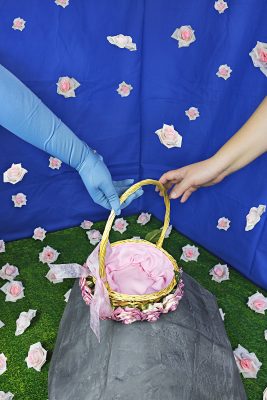
In Tools For Remembrance, Duque shares a different story using video format, showing the range of methods Duque explores in her storytelling. “This video is actually a transcription of an email my father wrote to me, retelling me a story he’s told me many times before that his mother told him,” Duque says. Recorded using Google Street View, Duque retraces her family’s old neighborhood in the Philippines as the transcription is typed out in a separate panel. “The walking video mirrors the text slightly, and white petals begin to fall when that part of the story gets typed out. This story is one of magical realism. I can barely believe it really happened, and so using this format helped reveal some of that strangeness to me,” she says.
Duque recently graduated, and she feels her development relies on her confidence in her decisions and her ability to solidify her approach further. “I don’t always have the answers or a tidy understanding of why I’m making what I’m making, but I don’t let that stop me,” she says. Recently, Duque was featured in the Women to the Front exhibit put on by the Utah Division of Arts and Museums at the Rio Gallery. The exhibit was open to the public for a short amount of time after being closed due to COVID-19 restrictions this last March. She is currently an Artist-in-Residence at UMOCA and preparing for her solo show that will be exhibited there sometime next year. Learn more about Duque’s work on her website anneliseduque.com.
